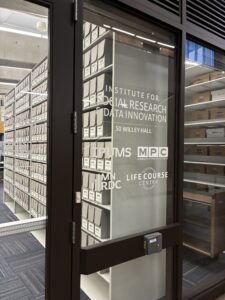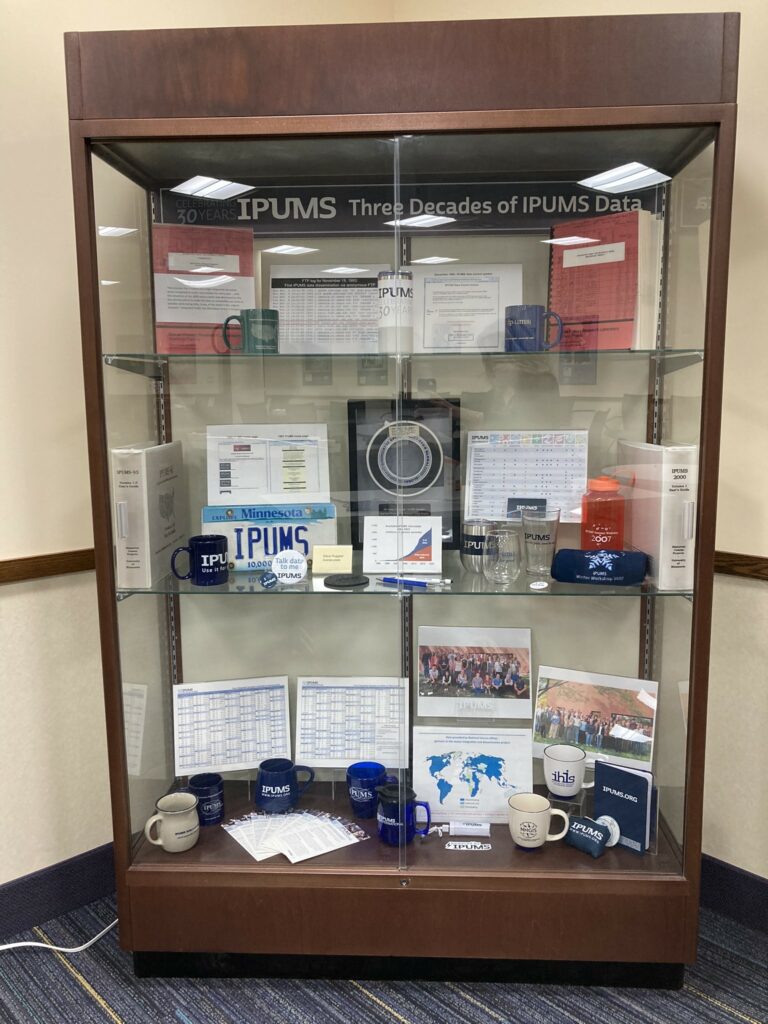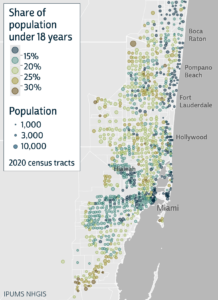By Sarah Flood & Kari Williams
If you eagerly await new data from the Current Population Survey (CPS) or the American Community Survey (ACS) this time of year, you might be wondering how the current U.S. federal government shutdown affects release timelines for these data. We’re wondering, too! While we don’t know when these data will be released, we can share what we know and what you can expect from IPUMS.
Delays to the release of new federal data
What we know: Any delays to the processing and release of new federal data also delays our work and the release of these data via IPUMS. We expect delays for at least some federal data releases (see this dataindex.us post for a helpful overview of federal data collection and release during a government shutdown). For example, we typically expect that the September Basic Monthly data from the CPS would be available for download from the Census Bureau website as of yesterday, October 8. However, the Census Bureau’s shutdown plans specify that monthly economic indicators will not be available during the shutdown; therefore IPUMS CPS cannot process the data until they are released.
What you can expect from us: For the foreseeable future, you can expect to see a banner on the IPUMS data collection homepages for US data sources communicating what we know about data release timelines. We will note when we are still awaiting the release of data from the original U.S. federal agency data providers, once the original data have been released and are being processed by IPUMS, and when the new data have been integrated into IPUMS.

 For a quarter century archival staff and the physical collection of IPUMS archival materials have
For a quarter century archival staff and the physical collection of IPUMS archival materials have 

 In October 2023, the
In October 2023, the 